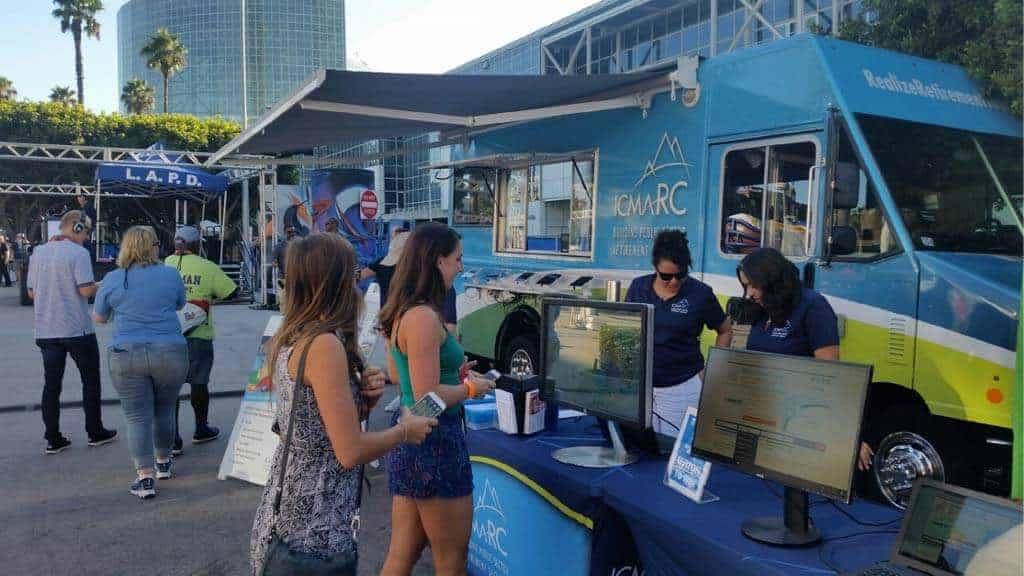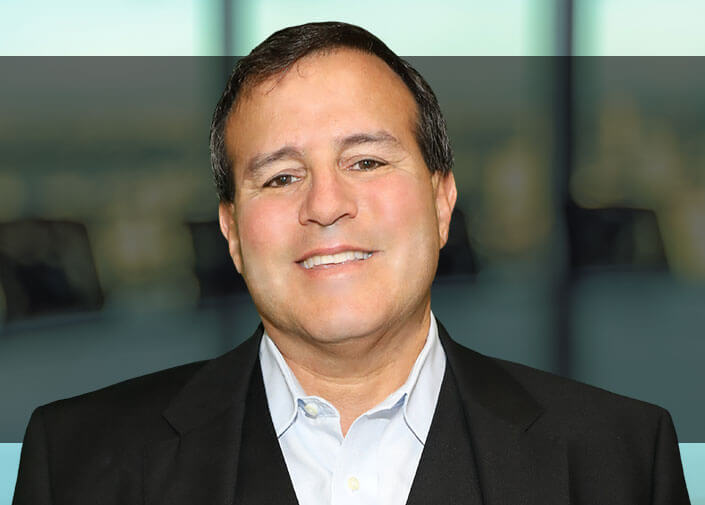No one is talking about them, but they should. So I will.
Back in May and June, a marketing company called Valassis spent four weeks interviewing 8,550 Americans. Its researchers then spent two months analyzing the data. At the end of of August, it released its results.
Conclusion: Americans love coupons and deals.
As a financial counselor, I’m overjoyed that “41 percent of respondents said they use an equal mix of print and digital coupons to do so — a 6 percentage point increase from last year.”
However, another statistic buried in the study interested me more…
Overall, 53 percent of respondents indicated they invest over two hours a week looking for deals and savings from all sources. About 25 percent of millennials and moms spend over four hours a week in their search for value.
As a financial counselor, I’m pleased that debt-ridden Americans are shopping for deals, but I’m shocked they spend 2-4 hours a week to save a few dollars. Instead, I’d rather they peel off one hour a week to create a budget and stick to it.
Since I’m always looking for new ways to persuade Americans to budget, I’m going to formulate a campaign around this approach — because it’s encouraging that Americans are spending time to spend less. Now if we can just maximize that time.

Retirement goes high tech
How do you convince Americans to save for retirement? Nothing seems guaranteed to work. Scaring them hasn’t done the trick, even when you tell them the entire world is running out of retirement money.
Pleading doesn’t work, because Americans will say they’re worried about affording their golden years, but they aren’t actually saving for it.
Perhaps a truck “loaded with interactive technology” can.
An experiment called the RealizeRetirement Tour packed up a traveling exhibit that visited 200 places in 22 states. It was focused on public-sector retirement savings plans, and more than 20,000 public employees checked it out at various festivals and company events.
Of course, such an effort was more than a social experiment. It was funded by ICMA-RC, a nonprofit that provides retirement plans to public employees. The company says it was such a raging success, others might learn from it…
- 6 percent of tour attendees “reported that they would recommend the tour to others.”
- 47 percent “were more likely to be engaged in retirement saving.”
- There was a 10 percent enrollment increase wherever the tour stopped.
Amazing what some iPads and virtual reality headsets can do. Is this a possible solution? Will we see trucks cruising America’s highways not just to encourage retirement savings but perhaps debt management programs and student loan repayment plans?
Hanging up the phone
If you want a snapshot into the purchasing decisions of young people, you could do worse than look at how much money millennials spend on their smartphones. A new study says we might be hitting a ceiling.
Last month, a website called CouponFollow polled more than 1,000 Americans between the ages of 20 and 35 and asked them about their phones. The most stunning fact…
Many Millennials are unwilling to pay a high price for their next device. When participants were asked to estimate how much they would spend for a new smartphone, 68% said they would pay $500 or less. Additionally, only 14 percent claimed they’d be willing to spend more than $700.
Maybe, just maybe, the latest iPhone and Samsung handsets are losing their luster as pricey status symbols. They are, after all, similar-looking slabs of black glass.
If millennials indeed reject $1,000 smartphones, it may prove a tipping point for frivolous spending. Am I being too optimistic? Could be. If it leads people to slowly climb out of debt, I’ll be optimistic all day long.







